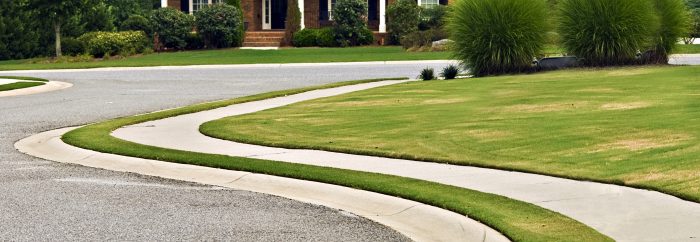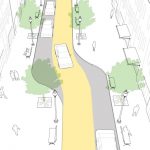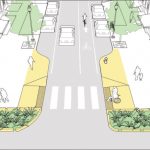Induce the Right Speed with Contextual Roadway Design

Part 3 in a 3-part blog series showing how roadway design should control vehicle speeds, not speed limits.
I presented a traffic study at a City Council meeting a few months ago. A new development with 20 new homes on quarter-acre lots was under review. I’ve seen similar proposed developments in urban neighborhoods met with cheers and appreciation for such low density, but this particular development had farmland on both sides, changing the Context completely. Local neighborhood residents raised concerns about the safety of the roadway, specifically vehicle speeds and narrow shoulders. Another matter was the thoroughfare that the new development would create when it connected their quiet local road with a much busier road on the opposite side of the development.
Upon request, I checked the safety conditions to determine if it was “safe” to build the development. It was a lovely road with few vehicles that meandered through tree cover. The pavement was only 22-ft wide, with no curb or gutter, and a grass shoulder. During one hour of our afternoon traffic data collection, we had more deer than vehicles! I was ready to buy a home in the neighborhood; it was that charming. But why did the neighbors think the road unsafe? With such low vehicle volumes, cars would straddle the middle of the road and take the entire 22-ft wide pavement as a single lane. The extra-wide lane gave them more confidence in making the curves, allowing them to increase speeds. When they came upon an opposing vehicle, they had to slow down, adjust their path, and drive in their lane – all of which lowering the perception of safety. As far as safety was concerned, the roadway met each criterion for stopping and intersection sight distances, and the shoulder and clear zones were also fine, particularly with such a low volume road.
My suggestion was to increase the perceived safety by adding a center paint line to guide vehicles into a smaller space, giving them a visual cue to slow down. I also suggested adding chicanes and intersection bulb-outs that would slow cars and force each to maneuver around a raised curb extending into the roadway. The worst thing that could happen to a road would be to break it up with multiple stop signs and speed bumps – that only frustrates drivers and increases aggressive driving.


Click here to view part one of the series.
Click here to view part two of the series.
For more information on traffic control designs contact Scott Shea in our Transportation Division at (801) 494-9136 or scott.shea@crsengineers.com.

